Full-Time, Part-Time, Free-Time
Interview for PAGE Magazine
The German magazine PAGE asked me for an assessment of the current job market in the design industry and published it in their career column. Find the article here.
This year marks a fundamental upheaval for the design industry. The pandemic, the war in Ukraine, inflation, the energy crisis, the crash of cryptocurrencies, and investment stops at start-ups. There have not been so many negative boundary conditions for the economy at once for a long time.
But despite the bad news for the tech sector and mass lay-offs at start-ups, I also see a lot of positives at the moment. The job market is dynamic. There is a lot of supply and a lot of demand. Especially specialists and top managers are in need. It's not so much the lay-offs that are driving the job market. Remote work has alienated many employees from their companies. The bond between the team and the company loosens when people no longer work together in the office. At some point, the realization comes, “If I can work from home for X, I can do it for Y.” Where Y = more exciting and better paid.
Work and our relationship with work have changed massively in the last couple of years, both through new technologies and crises. Many employees have become more demanding. How can employers attract and retain them? An attractive combination of home office and office presence can be an incentive. Or a 4-day week in which work is not less but more concentrated, resulting in three days off per week. In other words, people want to adapt working time to life, not life to working time. In this context, contracting could become even more attractive. In the IT, consulting and media industries, a lot of work is done with so-called permanent freelancers.
Full-Time, Part-Time, Free-Time
Interview for PAGE Magazine
The German magazine PAGE asked me for an assessment of the current job market in the design industry and published it in their career column. Find the article here.
This year marks a fundamental upheaval for the design industry. The pandemic, the war in Ukraine, inflation, the energy crisis, the crash of cryptocurrencies, and investment stops at start-ups. There have not been so many negative boundary conditions for the economy at once for a long time.
But despite the bad news for the tech sector and mass lay-offs at start-ups, I also see a lot of positives at the moment. The job market is dynamic. There is a lot of supply and a lot of demand. Especially specialists and top managers are in need. It's not so much the lay-offs that are driving the job market. Remote work has alienated many employees from their companies. The bond between the team and the company loosens when people no longer work together in the office. At some point, the realization comes, “If I can work from home for X, I can do it for Y.” Where Y = more exciting and better paid.
Work and our relationship with work have changed massively in the last couple of years, both through new technologies and crises. Many employees have become more demanding. How can employers attract and retain them? An attractive combination of home office and office presence can be an incentive. Or a 4-day week in which work is not less but more concentrated, resulting in three days off per week. In other words, people want to adapt working time to life, not life to working time. In this context, contracting could become even more attractive. In the IT, consulting and media industries, a lot of work is done with so-called permanent freelancers.
Full-Time, Part-Time, Free-Time
Interview for PAGE Magazine
The German magazine PAGE asked me for an assessment of the current job market in the design industry and published it in their career column. Find the article here.
This year marks a fundamental upheaval for the design industry. The pandemic, the war in Ukraine, inflation, the energy crisis, the crash of cryptocurrencies, and investment stops at start-ups. There have not been so many negative boundary conditions for the economy at once for a long time.
But despite the bad news for the tech sector and mass lay-offs at start-ups, I also see a lot of positives at the moment. The job market is dynamic. There is a lot of supply and a lot of demand. Especially specialists and top managers are in need. It's not so much the lay-offs that are driving the job market. Remote work has alienated many employees from their companies. The bond between the team and the company loosens when people no longer work together in the office. At some point, the realization comes, “If I can work from home for X, I can do it for Y.” Where Y = more exciting and better paid.
Work and our relationship with work have changed massively in the last couple of years, both through new technologies and crises. Many employees have become more demanding. How can employers attract and retain them? An attractive combination of home office and office presence can be an incentive. Or a 4-day week in which work is not less but more concentrated, resulting in three days off per week. In other words, people want to adapt working time to life, not life to working time. In this context, contracting could become even more attractive. In the IT, consulting and media industries, a lot of work is done with so-called permanent freelancers.
Full-Time, Part-Time, Free-Time
Interview for PAGE Magazine
The German magazine PAGE asked me for an assessment of the current job market in the design industry and published it in their career column. Find the article here.
This year marks a fundamental upheaval for the design industry. The pandemic, the war in Ukraine, inflation, the energy crisis, the crash of cryptocurrencies, and investment stops at start-ups. There have not been so many negative boundary conditions for the economy at once for a long time.
But despite the bad news for the tech sector and mass lay-offs at start-ups, I also see a lot of positives at the moment. The job market is dynamic. There is a lot of supply and a lot of demand. Especially specialists and top managers are in need. It's not so much the lay-offs that are driving the job market. Remote work has alienated many employees from their companies. The bond between the team and the company loosens when people no longer work together in the office. At some point, the realization comes, “If I can work from home for X, I can do it for Y.” Where Y = more exciting and better paid.
Work and our relationship with work have changed massively in the last couple of years, both through new technologies and crises. Many employees have become more demanding. How can employers attract and retain them? An attractive combination of home office and office presence can be an incentive. Or a 4-day week in which work is not less but more concentrated, resulting in three days off per week. In other words, people want to adapt working time to life, not life to working time. In this context, contracting could become even more attractive. In the IT, consulting and media industries, a lot of work is done with so-called permanent freelancers.
Full-Time, Part-Time, Free-Time
Interview for PAGE Magazine
The German magazine PAGE asked me for an assessment of the current job market in the design industry and published it in their career column. Find the article here.
This year marks a fundamental upheaval for the design industry. The pandemic, the war in Ukraine, inflation, the energy crisis, the crash of cryptocurrencies, and investment stops at start-ups. There have not been so many negative boundary conditions for the economy at once for a long time.
But despite the bad news for the tech sector and mass lay-offs at start-ups, I also see a lot of positives at the moment. The job market is dynamic. There is a lot of supply and a lot of demand. Especially specialists and top managers are in need. It's not so much the lay-offs that are driving the job market. Remote work has alienated many employees from their companies. The bond between the team and the company loosens when people no longer work together in the office. At some point, the realization comes, “If I can work from home for X, I can do it for Y.” Where Y = more exciting and better paid.
Work and our relationship with work have changed massively in the last couple of years, both through new technologies and crises. Many employees have become more demanding. How can employers attract and retain them? An attractive combination of home office and office presence can be an incentive. Or a 4-day week in which work is not less but more concentrated, resulting in three days off per week. In other words, people want to adapt working time to life, not life to working time. In this context, contracting could become even more attractive. In the IT, consulting and media industries, a lot of work is done with so-called permanent freelancers.
The current demand for well-trained design talent is enormous and the players on the German – now also international – market are extremely diverse: management consultancies and their innovation labs and venture-building departments, start-ups, in-house studios of large companies and agencies – they are all desperately looking for product, strategy, and brand designers.
The current demand for well-trained design talent is enormous and the players on the German – now also international – market are extremely diverse: management consultancies and their innovation labs and venture-building departments, start-ups, in-house studios of large companies and agencies – they are all desperately looking for product, strategy, and brand designers.
For those who are indifferent to the type of employment but are still looking for a new professional environment, I recommend exploring other, related fields. The current demand for well-trained design talent is enormous and the players on the German – now also international – market are extremely diverse: management consultancies and their innovation labs and venture-building departments, start-ups, in-house studios of large companies and agencies – they are all desperately looking for product, strategy, and brand designers.
For those who are indifferent to the type of employment but are still looking for a new professional environment, I recommend exploring other, related fields. The current demand for well-trained design talent is enormous and the players on the German – now also international – market are extremely diverse: management consultancies and their innovation labs and venture-building departments, start-ups, in-house studios of large companies and agencies – they are all desperately looking for product, strategy, and brand designers.
For those who are indifferent to the type of employment but are still looking for a new professional environment, I recommend exploring other, related fields. The current demand for well-trained design talent is enormous and the players on the German – now also international – market are extremely diverse: management consultancies and their innovation labs and venture-building departments, start-ups, in-house studios of large companies and agencies – they are all desperately looking for product, strategy, and brand designers.
For those who are indifferent to the type of employment but are still looking for a new professional environment, I recommend exploring other, related fields. The current demand for well-trained design talent is enormous and the players on the German – now also international – market are extremely diverse: management consultancies and their innovation labs and venture-building departments, start-ups, in-house studios of large companies and agencies – they are all desperately looking for product, strategy, and brand designers.
For those who are indifferent to the type of employment but are still looking for a new professional environment, I recommend exploring other, related fields. The current demand for well-trained design talent is enormous and the players on the German – now also international – market are extremely diverse: management consultancies and their innovation labs and venture-building departments, start-ups, in-house studios of large companies and agencies – they are all desperately looking for product, strategy, and brand designers.
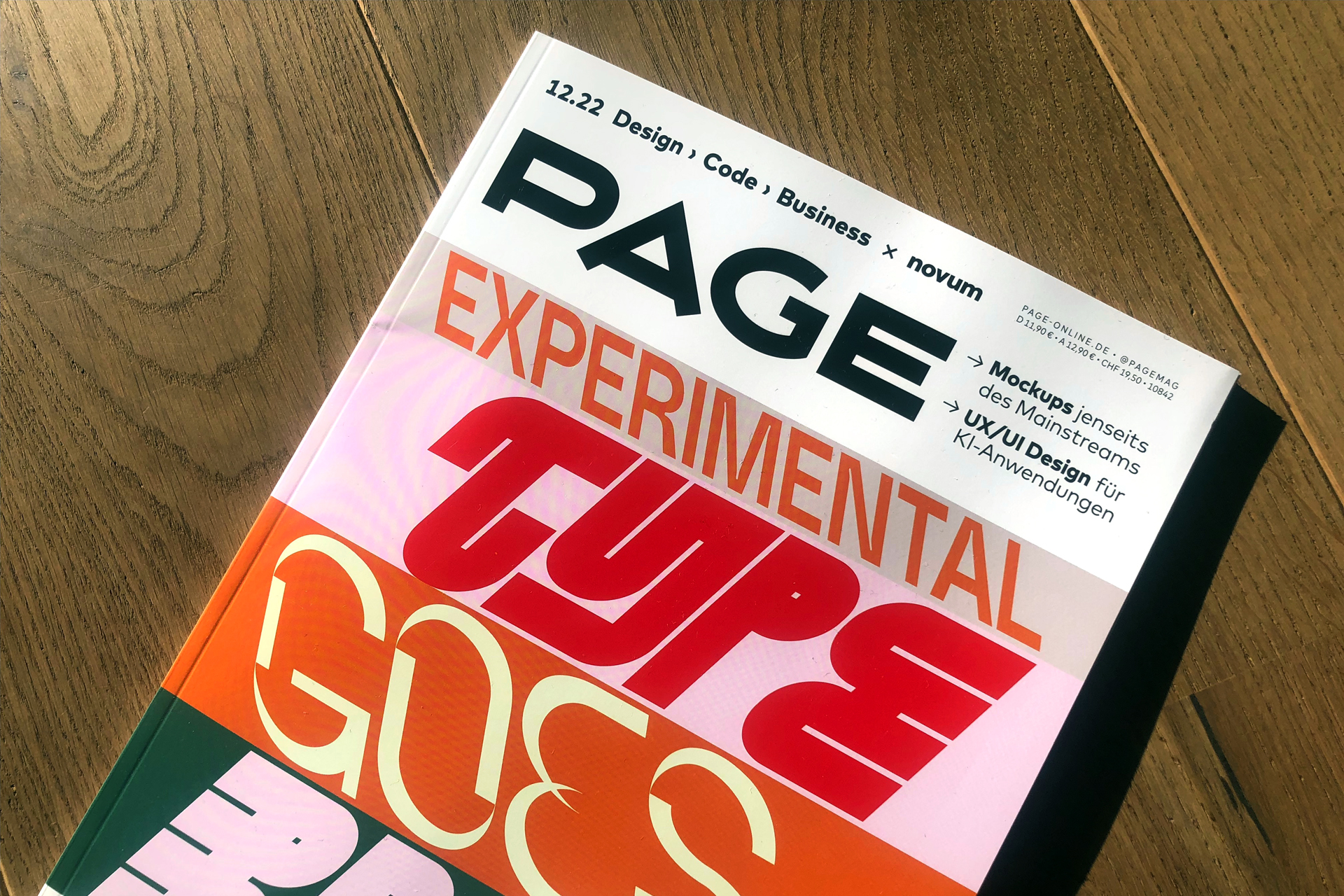
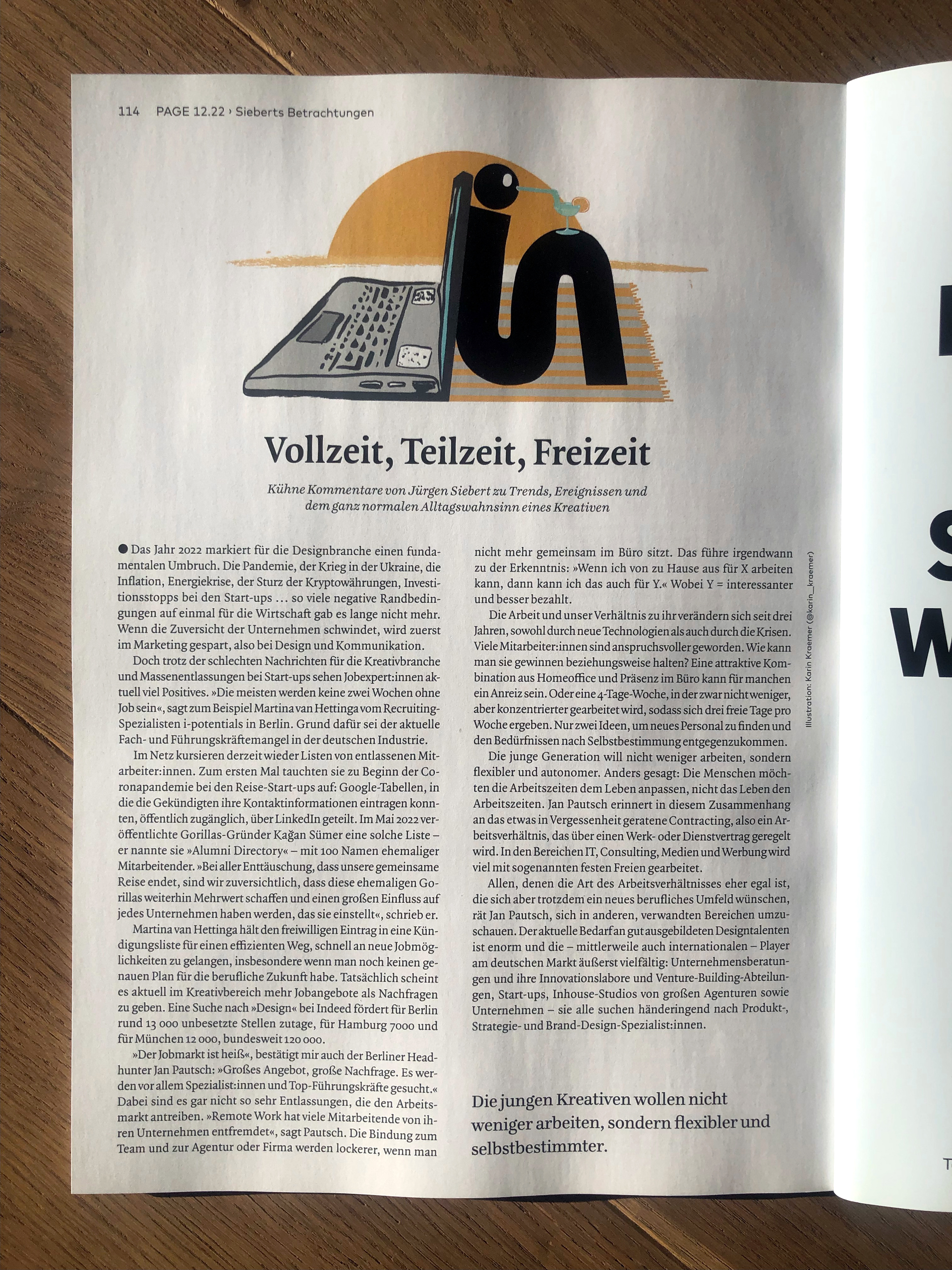
Image credits © PAGE
Image credits © PAGE
Image credits © PAGE
What I Share
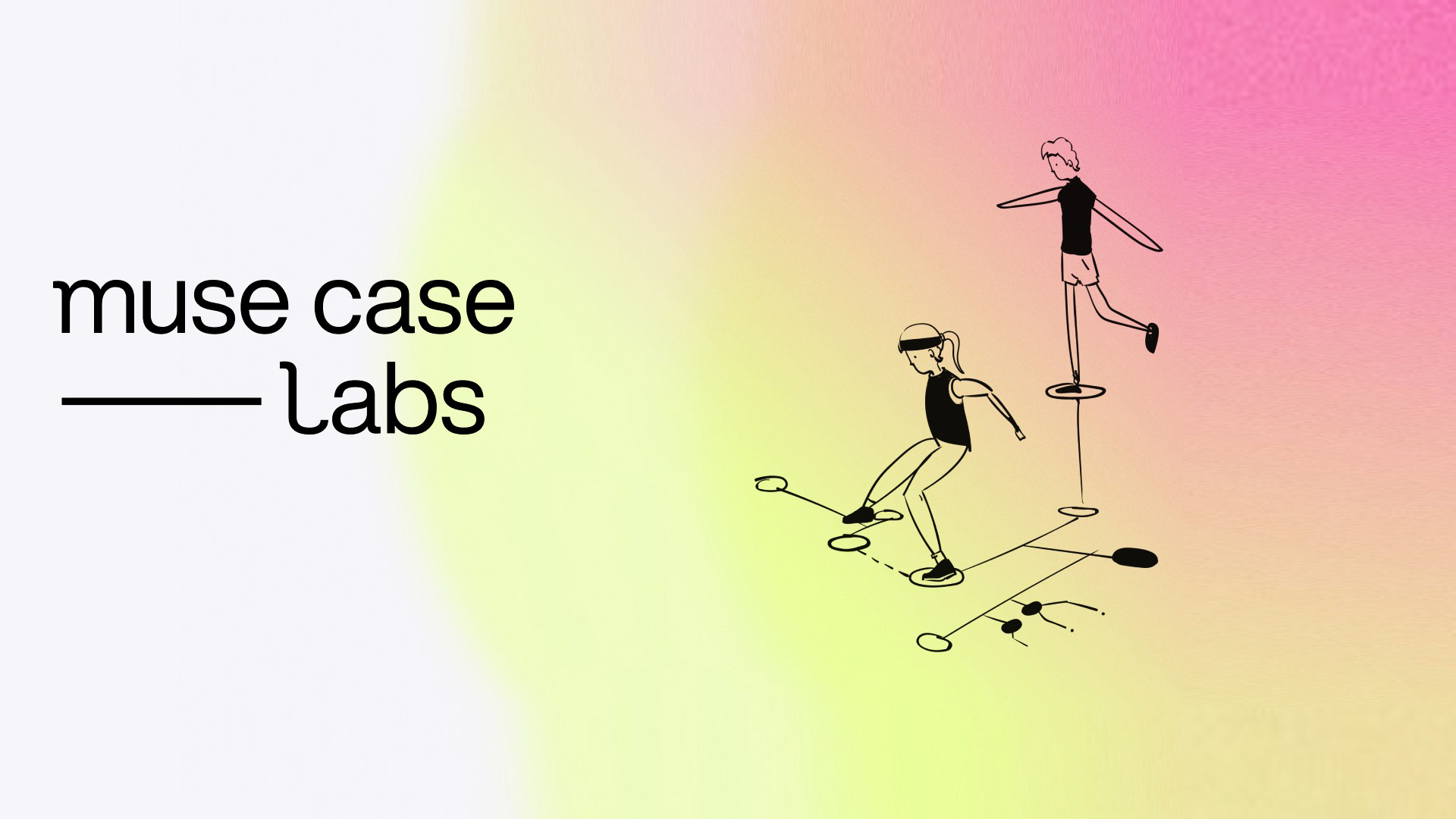
Design in Transitionmuse case labs Interview
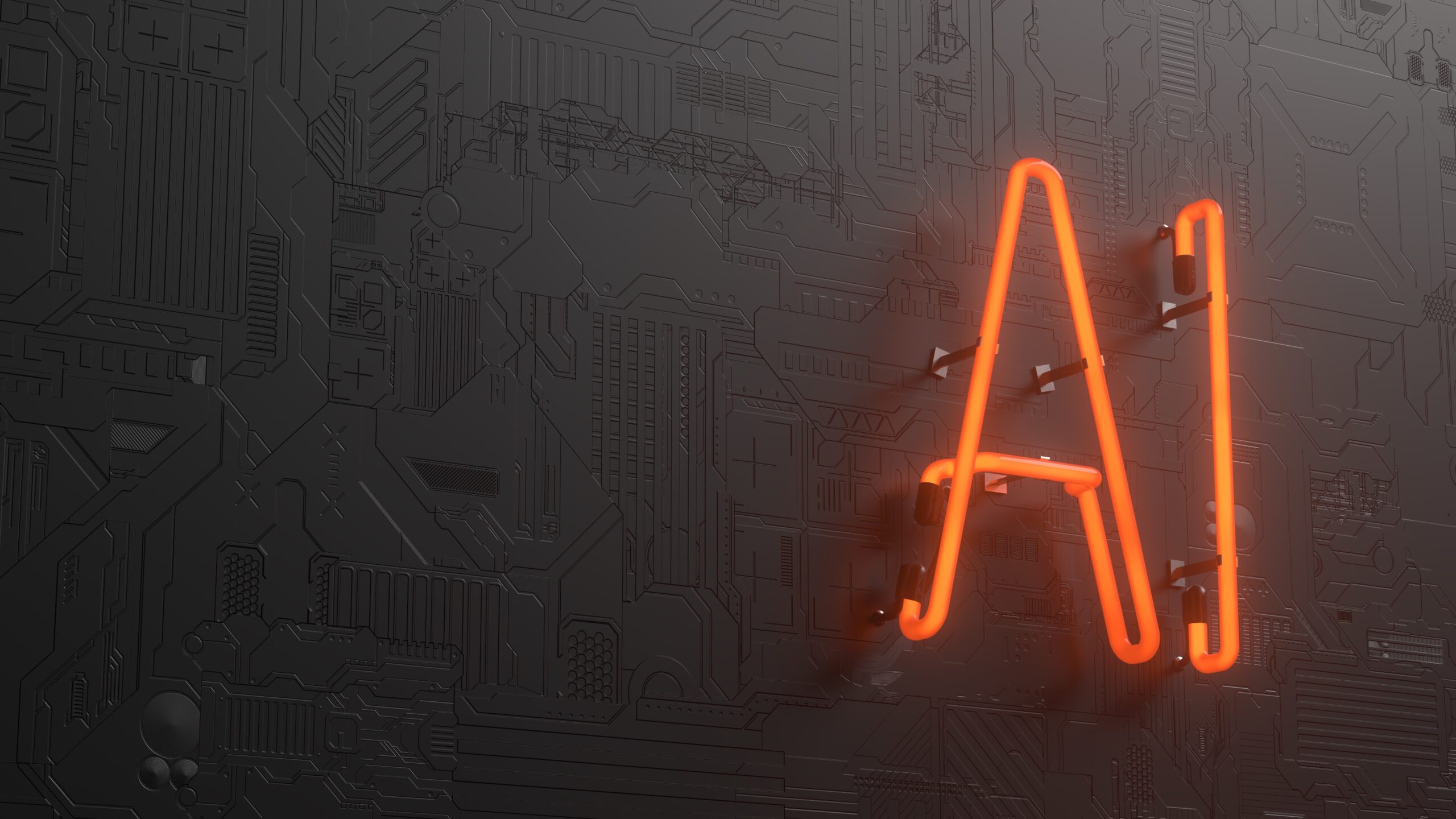
AI in Recruitment: Our Choice Our FightReflections on a presentation by Hung Lee
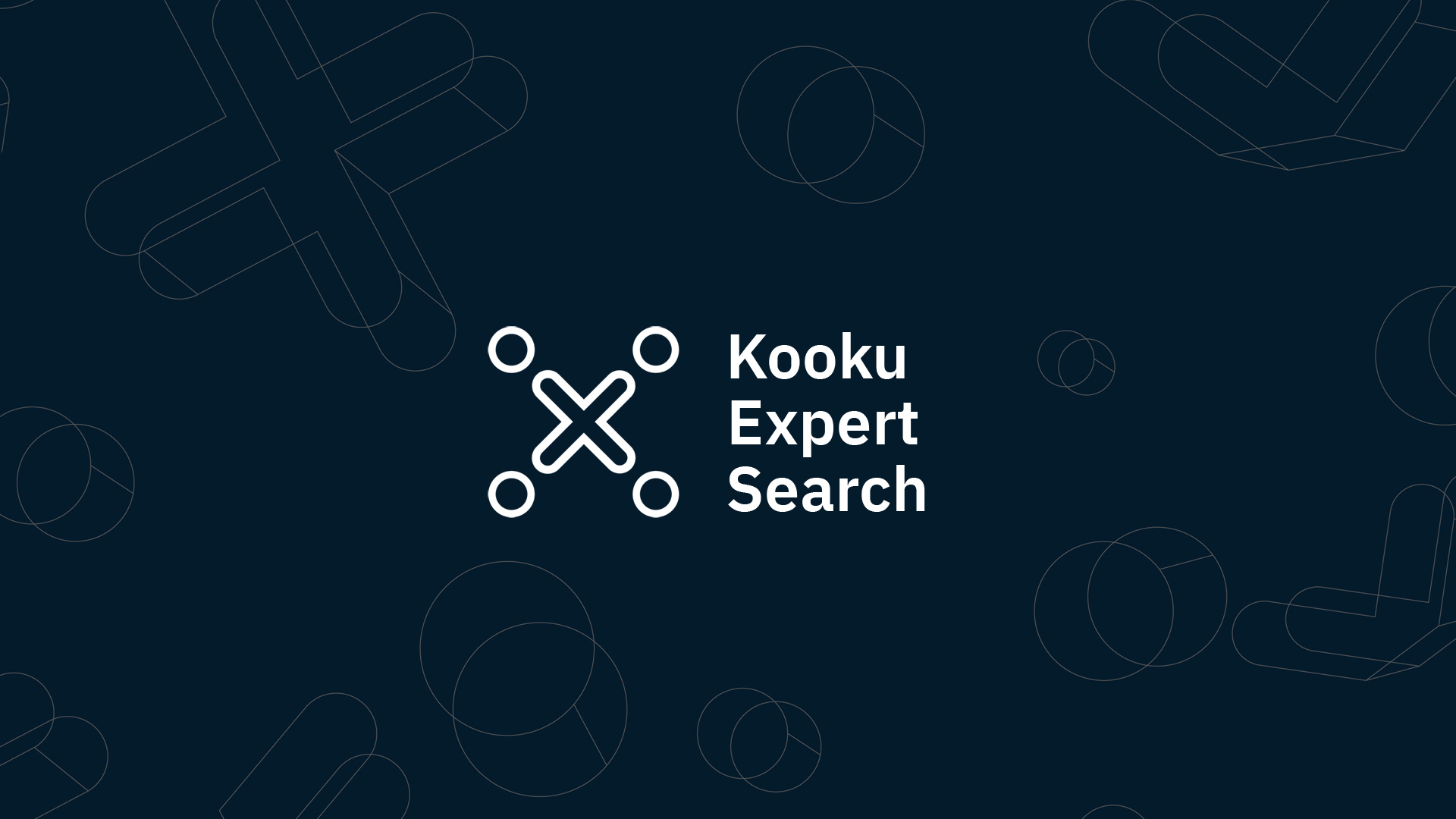
Kooku X — Vision to RealityBuilding a Minimal Viable Recruiting Brand
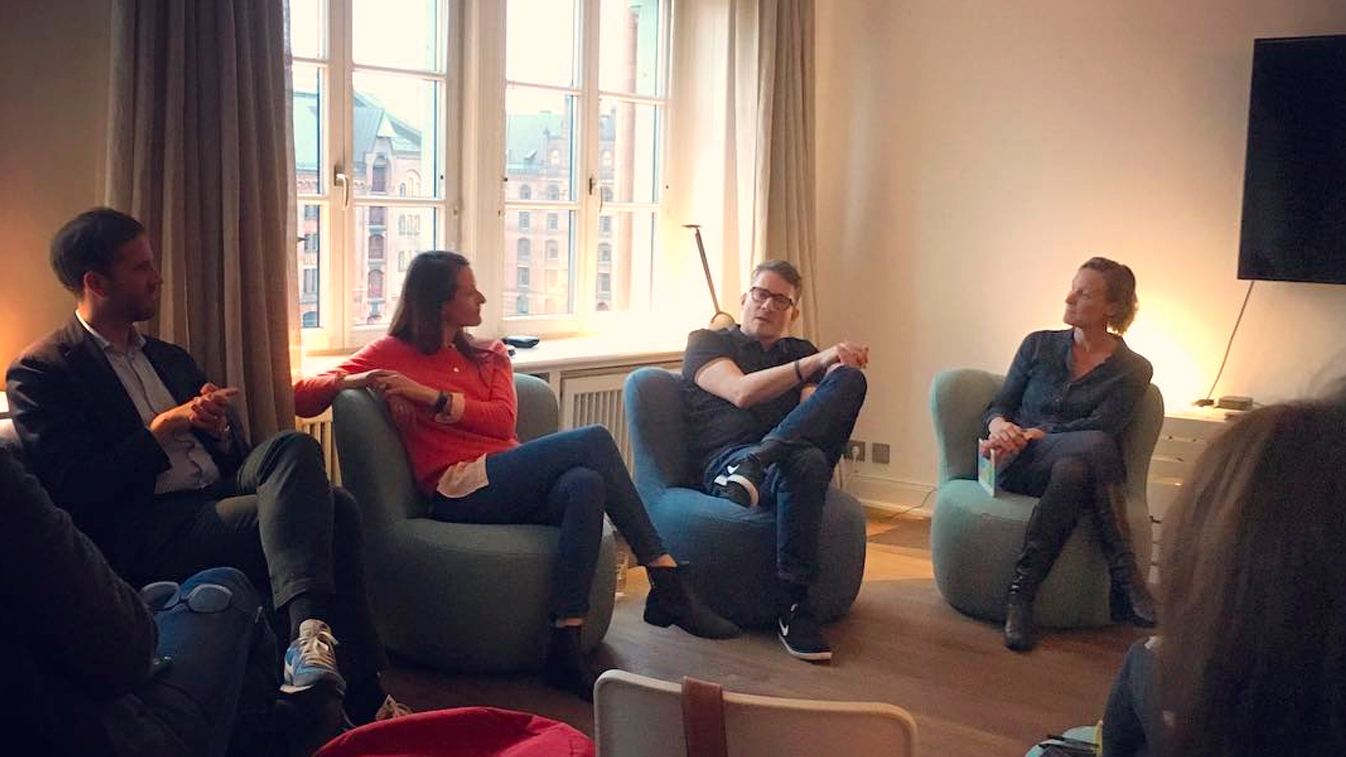
Mindset is EverythingSOULWORX ENERGIZER
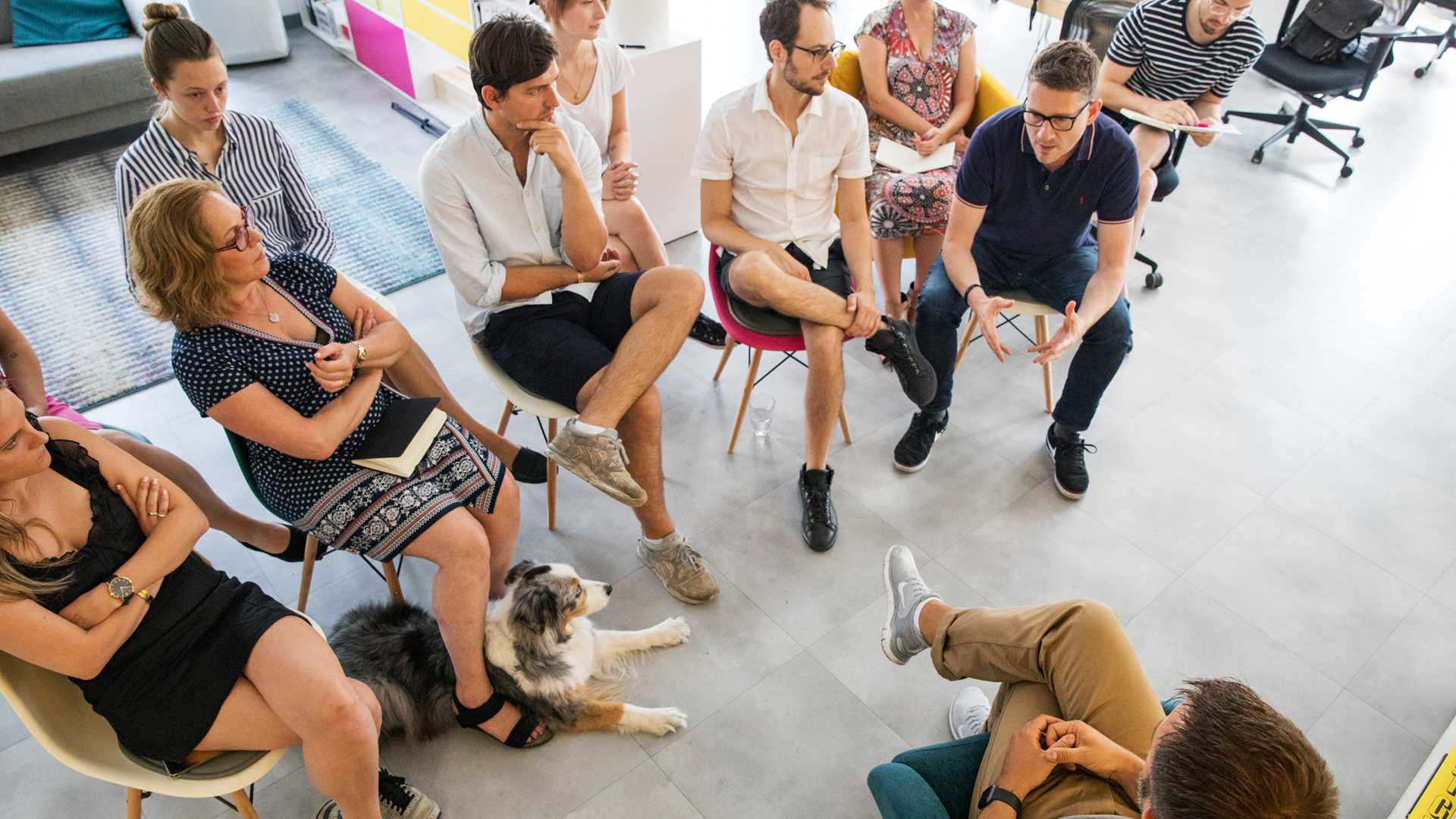
Leading TogetherBlog Post
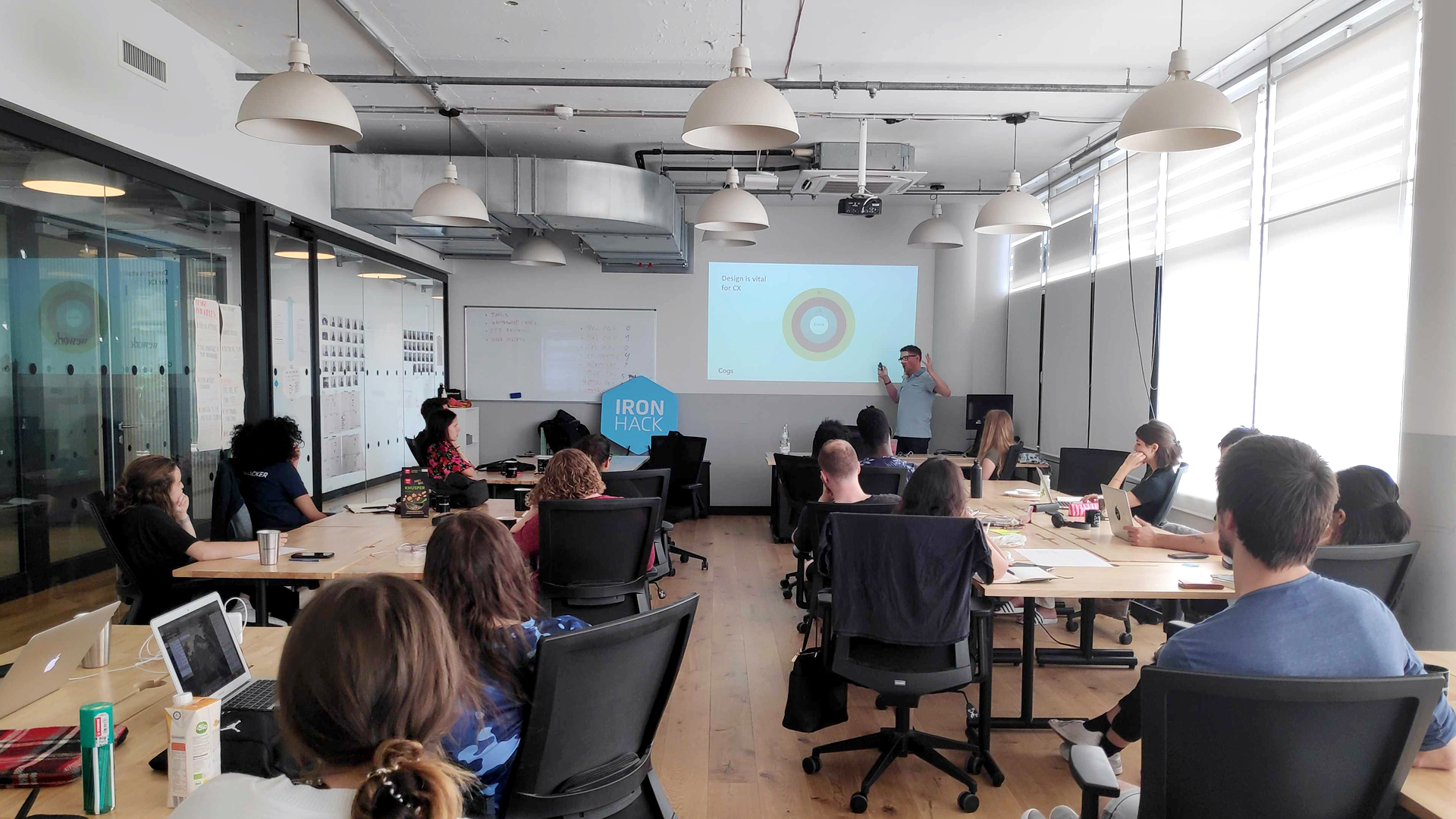
Unicorns, Hybrids, and Other Fantastic BeastsIronhack Workshops
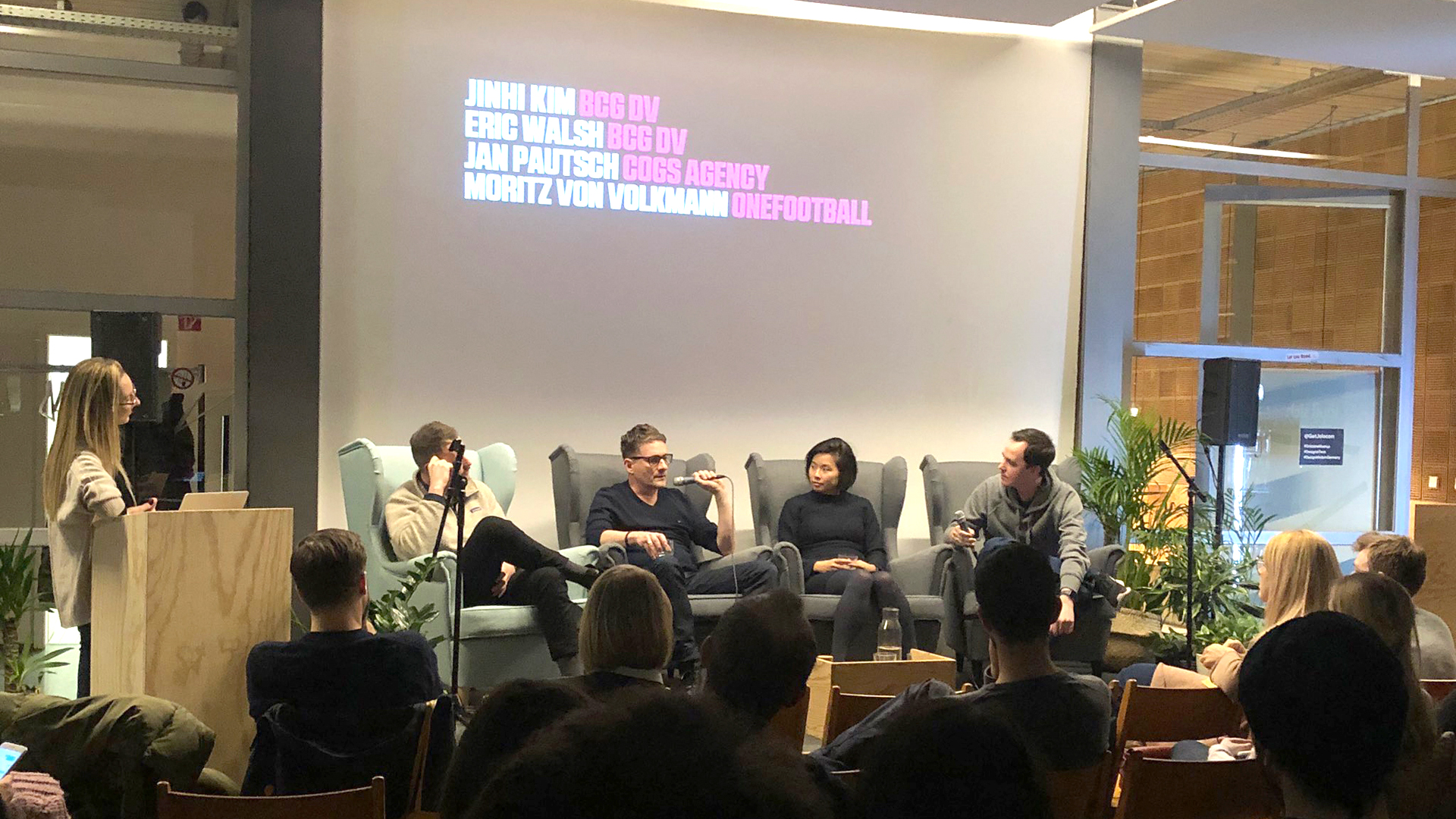
Embrace VarietyBerlin Dribbble meetup
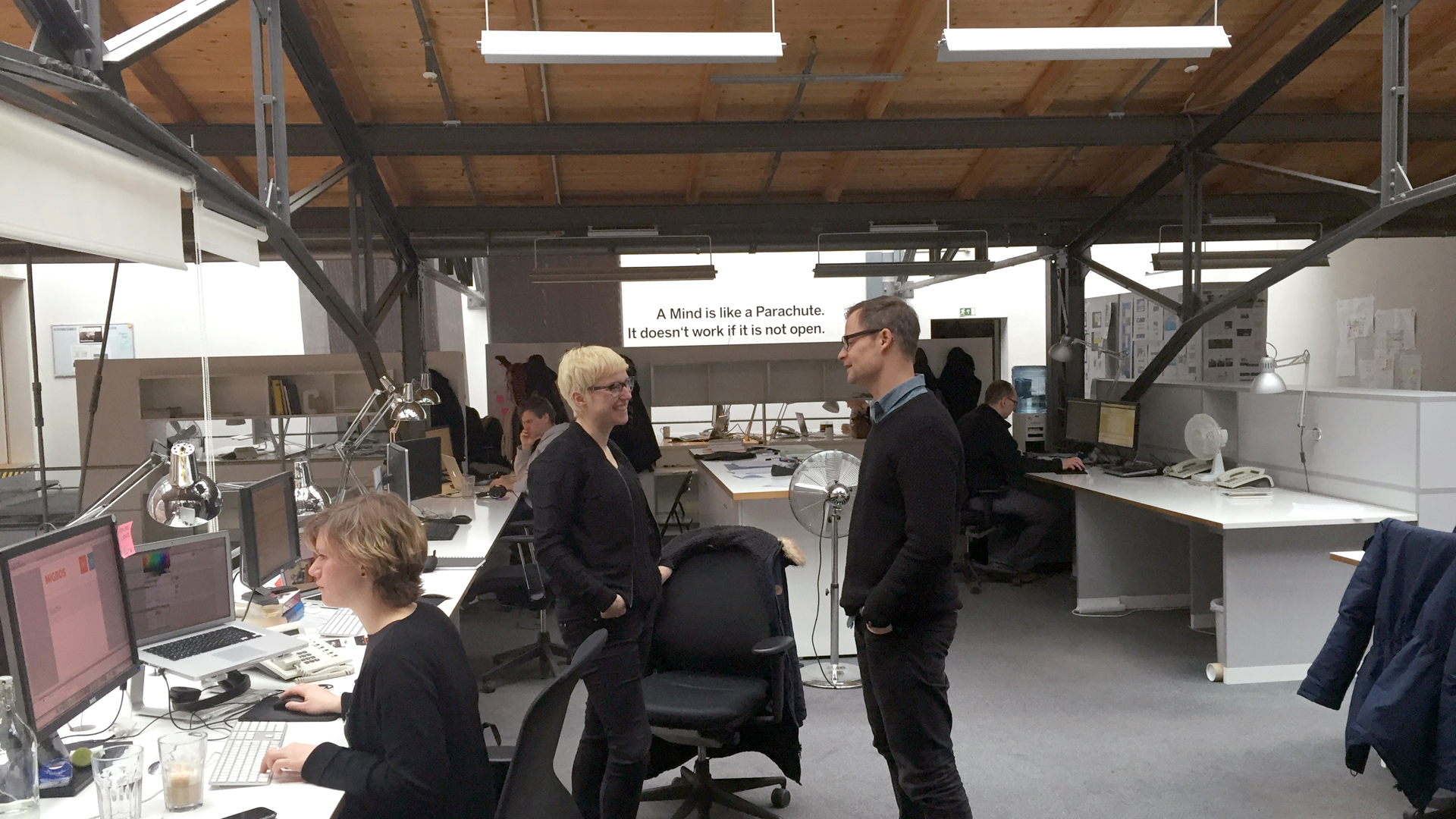
Is Flatter Better?Blog Post
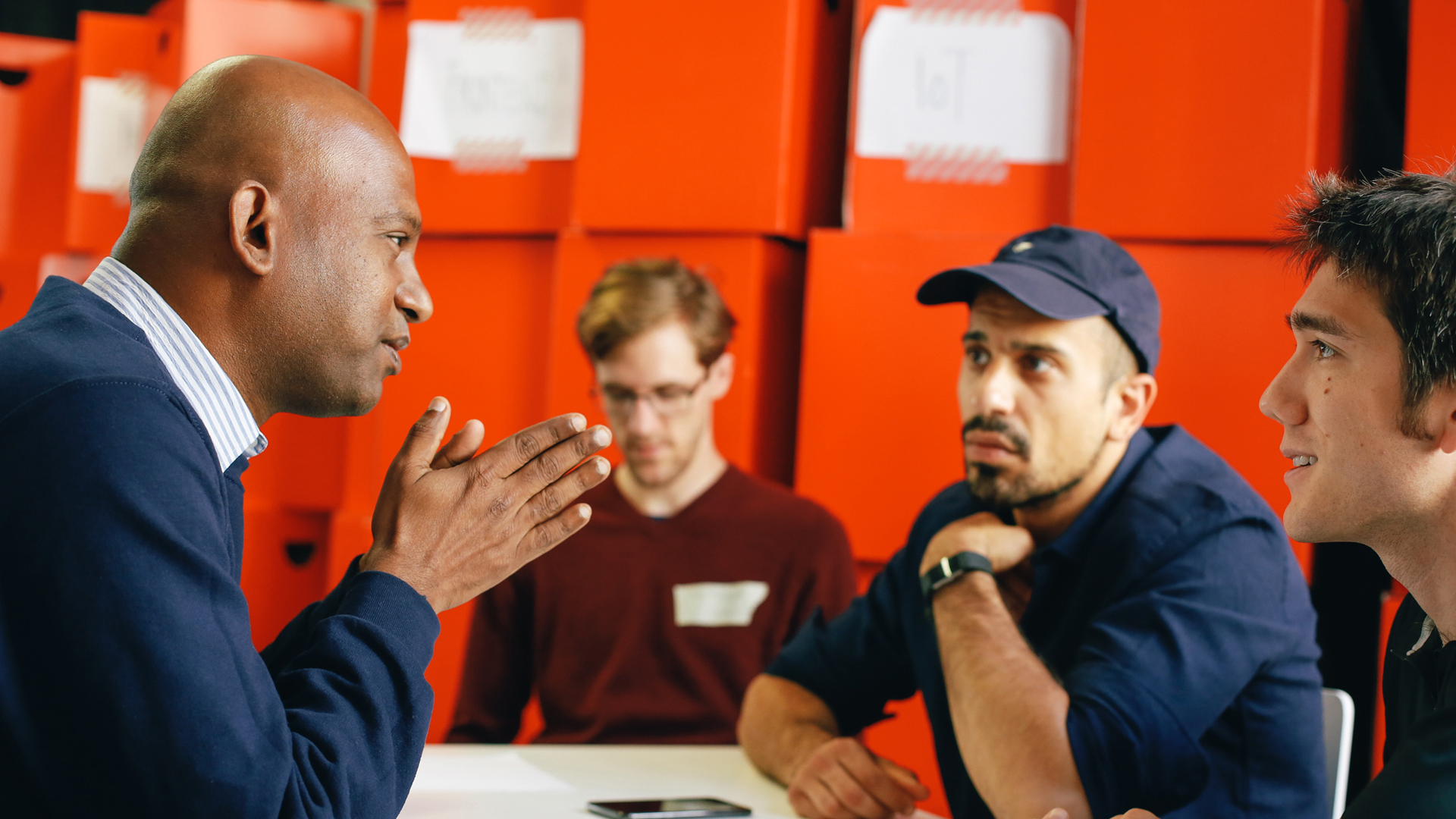
Tech-Speed-DatingVolunteering at ReDI School
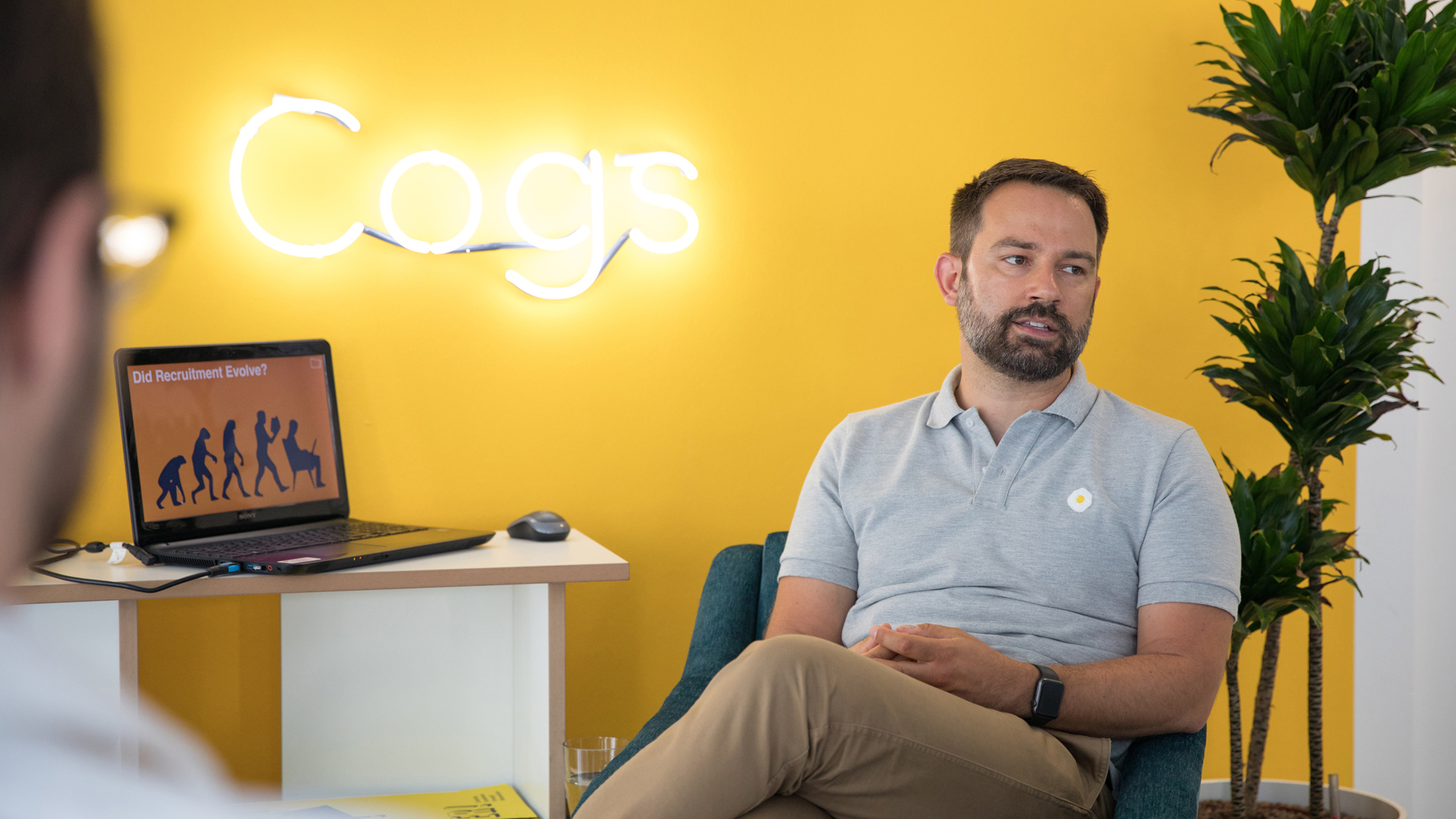
Cogs CrunchKnowledge Sharing Format
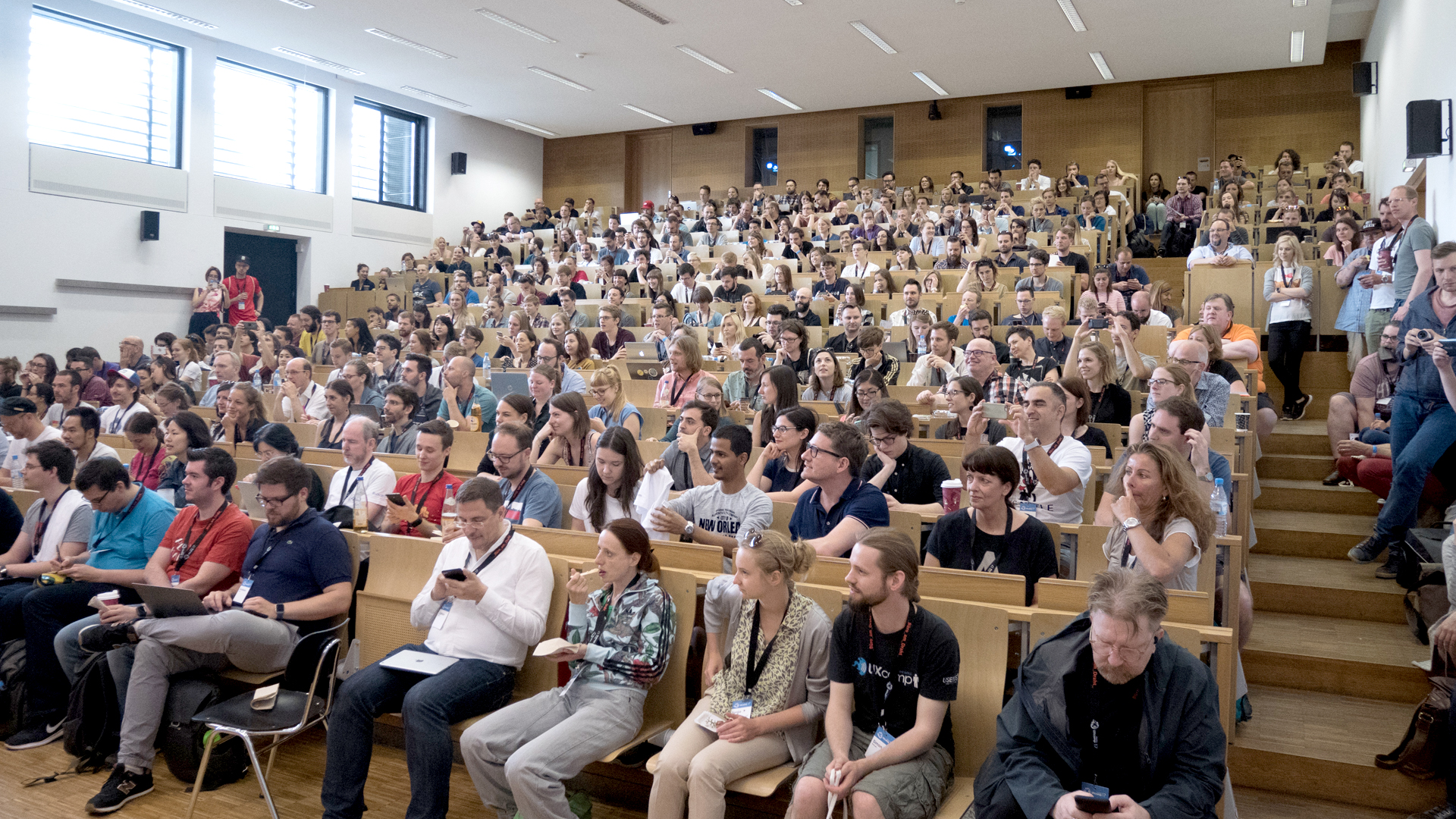
Headhunter SecretsUXcamp Europe, BarCamp
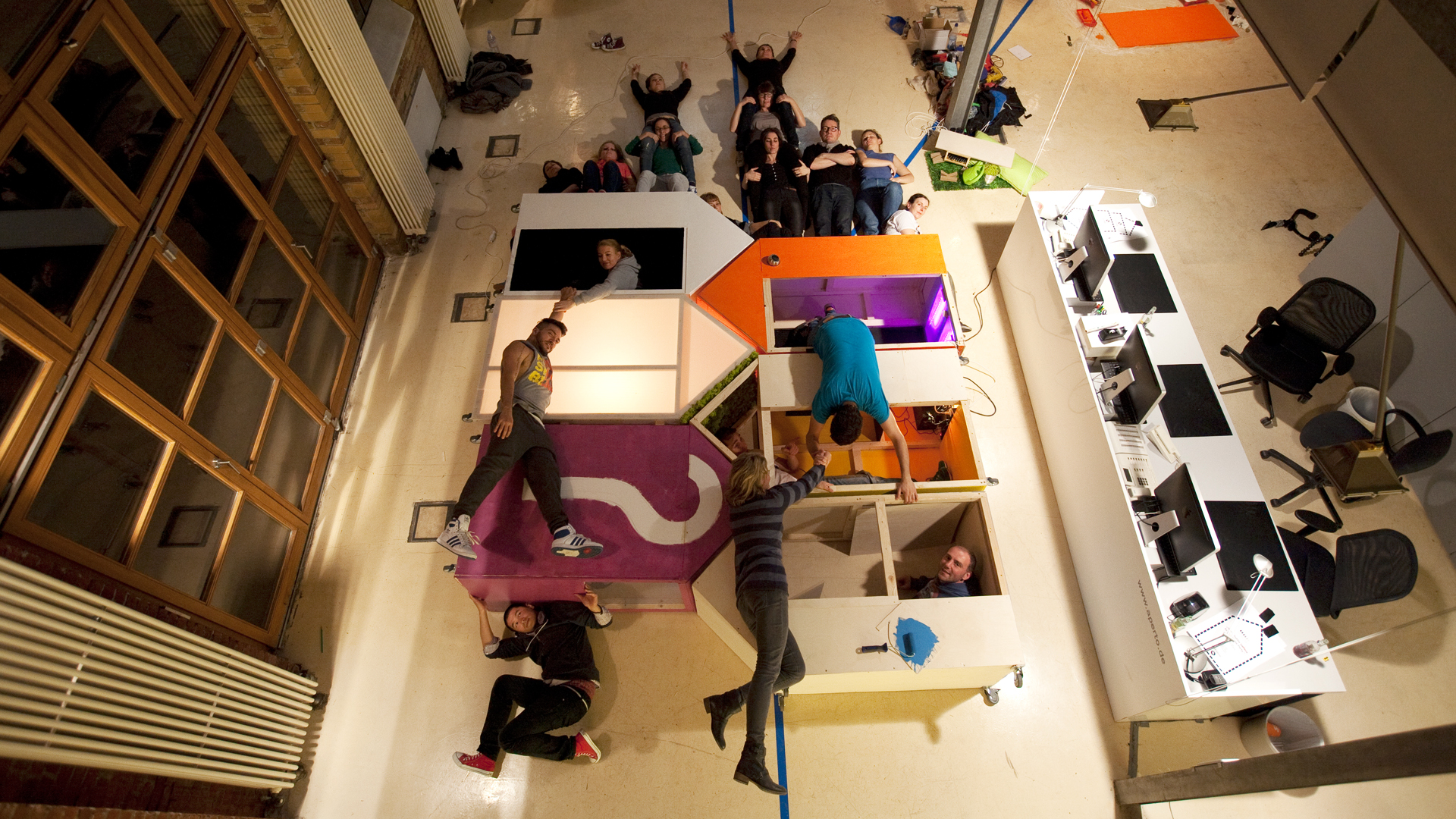
DECODERInnovation Platform
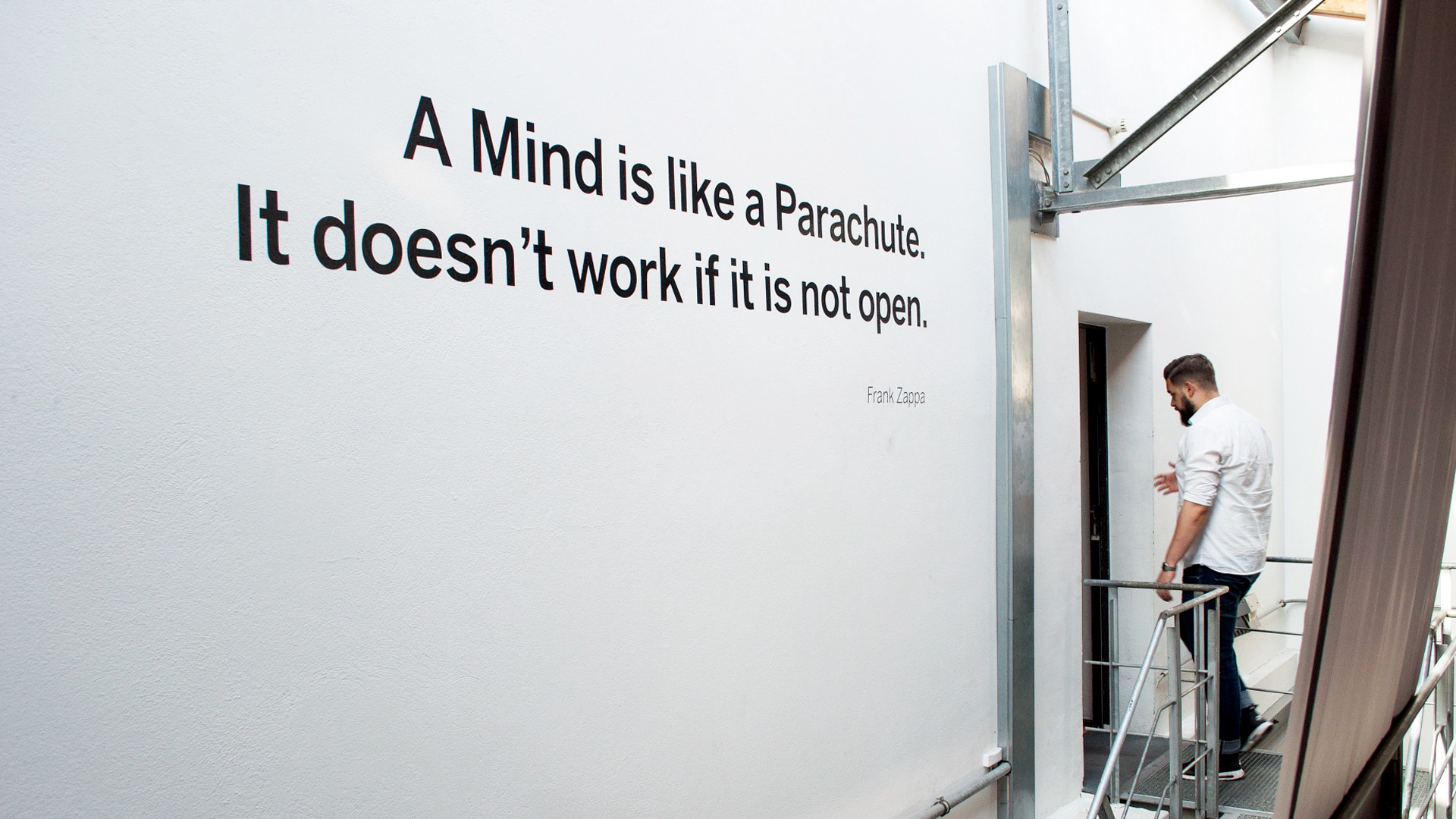
Humanizing OrganizationsBlog Post
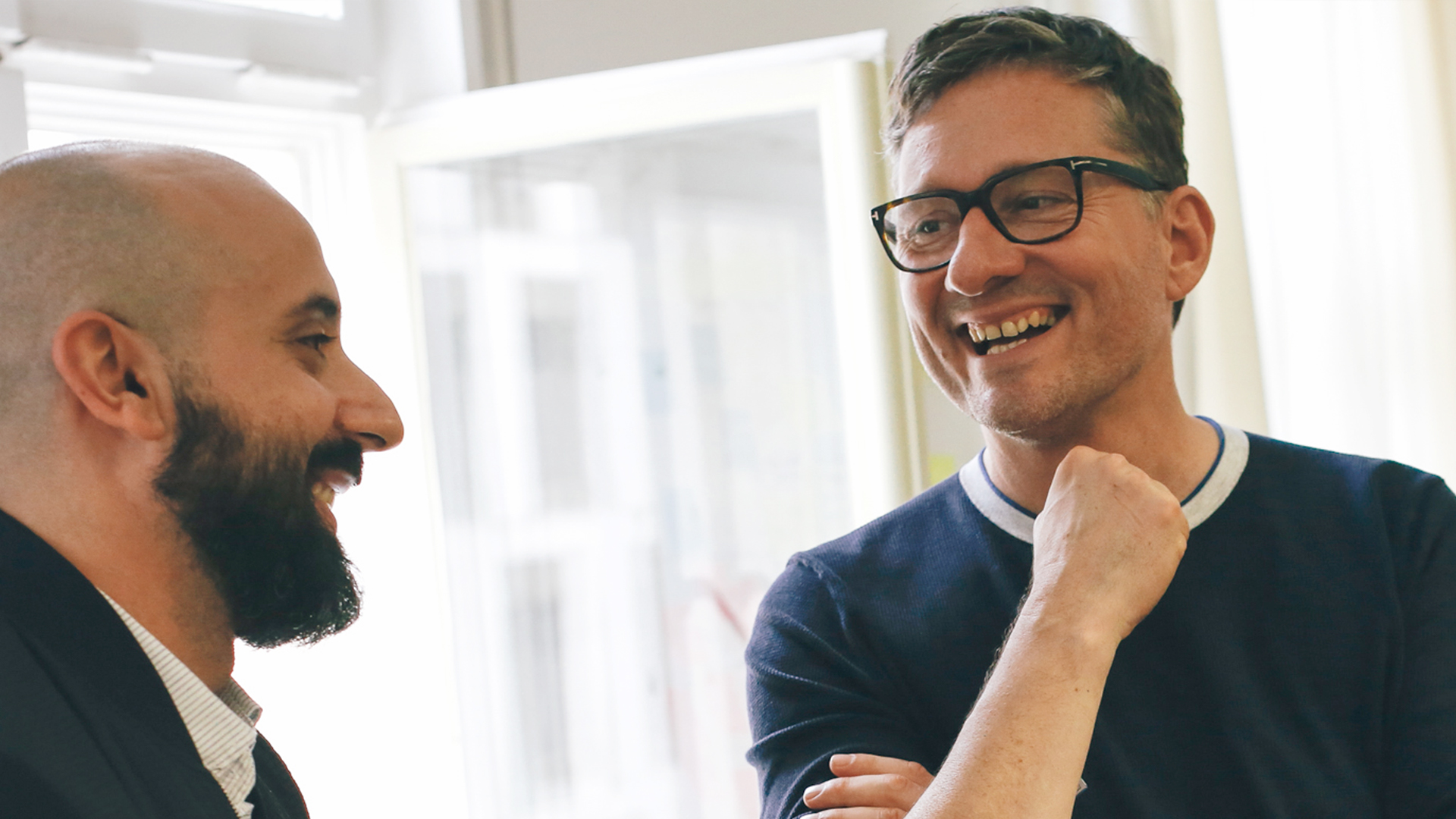
Service and Selected CasesPDF Download (PW required)
© 2025 Jan Pautsch
© 2025 Jan Pautsch